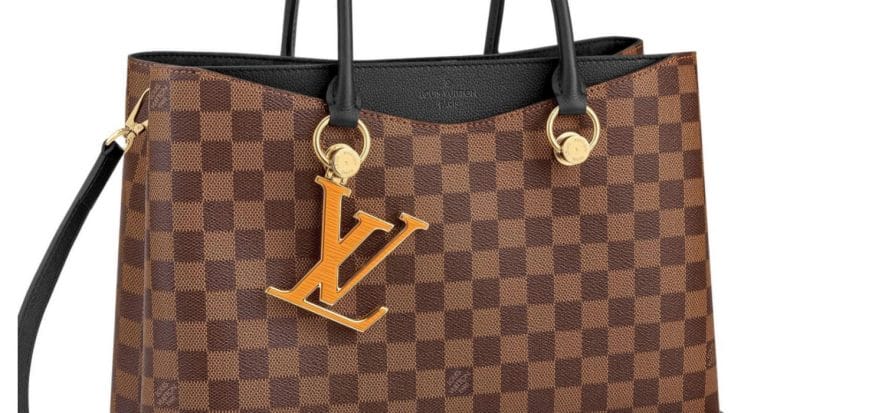Louis Vuitton also lands in Tuscany. In an interview with Il Sole 24 Ore (Italian economic newspaper), the ceo Michael Burke announced that “this coming year” the French luxury brand will open its first handbag production site in Tuscany. More precisely, the site will be built on the 5,000 sq. meters land that the brand acquired in Reggello, near the already-active center that develops samples inside the ex-Pelletteria Reta (leather goods). According to what reported by the news source, the arrival of Louis Vuitton in Tuscany is connected to the acquisition of Franco Baccani’s B&G by Maroquinerie Thomas, main supplier of the brand, who until now has collaborated in Italy with Veneto-based Palladio and Lombardy-based Fontana. Maroquinerie Thomas, with the acquisition of the Tuscan company that took place last year, has taken control over the handbag production sites of Lastra a Signa and Cavriglia. But the future of LVMH group isn’t just in Reggello. In Radda in Chianti a new plant is opening to supply the Celine brand, while Fendi will begin manufacturing in Bagno a Ripoli. The intention to focus on the Tuscan base of operation was announced and repeated on multiple occasions by the group’s management via the pages of Il Sole 24 Ore. The last time we heard of it was on May 10th, as a part of the interview released by the same Burke in occasion of the Cruise 2020 show at Twa Flight Center inside the John F. Kennedy airport in New York. “Throughout history we have seen that the best things were created when France and Italy worked together”, explained the manager, underlining that “LVMH believes in Italy” and that the country “even under a distribution standpoint, remains on of the most important countries for the group”. In this same chat he had with Chiara Beghelli, Burke explains how he disagrees with those that believe young consumers don’t appreciate the values of heritage and traditions: “Many young people, whether they are designers or clients, are interested in the past -states the manager -. Even more, it’s their generation the one that wants to know, more than the previous ones, when, where, and how the product has been made. This also translates into a search for transparency, and in the end, of sustainability, which is a concept that is strictly tied to the past, because it is from the past that the methods and craftsmanship techniques that make luxury goods even more sustainable were created”.










